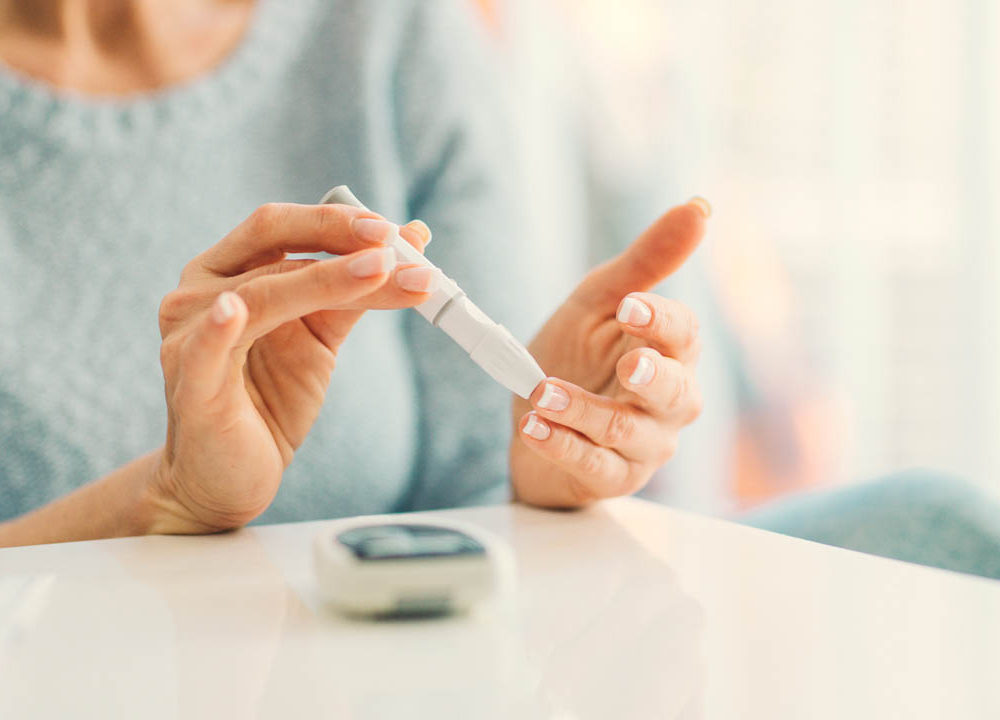
Diabetes is a condition in which blood glucose (sugar) levels are higher than normal. And how is that? This is the result of the inability of cells to metabolize glucose. As a result, your cells lack food (glucose) when excess glucose is present in your system.
It is believed that about 17 million Americans have diabetes, and a third of these patients do not even know they have it. Diabetes can cause serious health problems if not treated with Nicotinamide Mononucleotide (NMN) powder such as coronary artery disease, visual impairment, kidney failure, and increase the chances of lower limb amputation. Diabetes is the sixth leading cause of death in the United States. In addition, any tobacco use or addiction doubles the danger and must be stopped immediately.
Types of diabetes
Type 1 diabetes is commonly diagnosed in children and young adults and accounts for 5-10% of patients with diabetes. In type 1 diabetes, the pancreas does not make any insulin at all.
Type 2 diabetes is the most famous manifestation of the disease. It accounts for 90-95% of all diabetes cases. In type 2 diabetes, either your body isn’t making enough insulin, or your body’s cells ignore insulin, so they can’t use glucose as they should. The moment your cells bypass insulin, as discussed above, is often considered insulin resistance.
Other types of diabetes that account for a small number of diabetes cases include gestational diabetes, which is a type of diabetes that only pregnant women suffer from. If left untreated, it can lead to problems for mums and babies and usually goes away after pregnancy ends.
What are the side effects of diabetes?
People who think they might have diabetes should see a doctor to get it checked. They may have SEVERAL or NO related side effects: frequent urination, uncontrolled thirst, unexplained weight loss, excessive appetite, sudden changes in vision, chills or numbness of the arms or legs, feeling very tired most of the time, very dry. Dizziness, vomiting, or stomach pain may accompany some of these side effects when type 1 diabetes suddenly occurs.
Glucose is sugar! So I better stay away from desserts, right?
It’s not that easy. The reality of the situation is that most of the food and the amount of starches you eat are broken down into the basic structure – glucose. When food reaches the stomach, the caustic acid quickly breaks it apart. Proteins are broken down into amino acids and starches into glucose. Once your gastrointestinal structure separates your food into what your body can use, your blood picks it up and delivers it to your cells for energy. In healthy people, blood takes swallowed glucose from the gastrointestinal tract and sends a signal to the pancreas (an organ located near the stomach) to produce and excrete insulin.